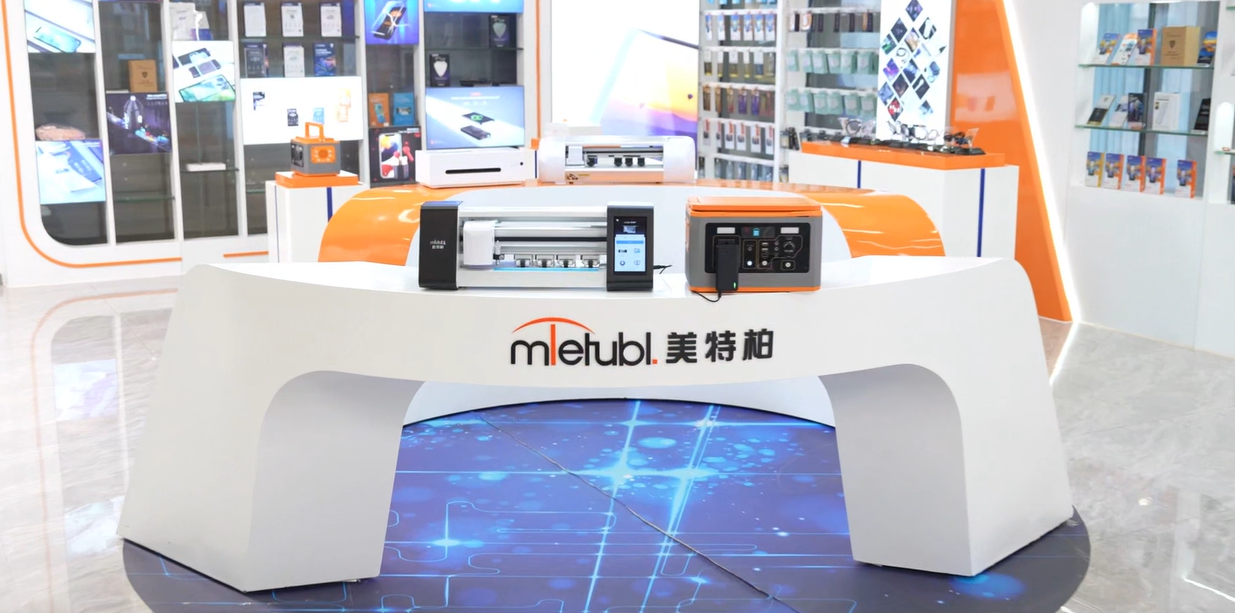
MIETUBL Brand Overview
MIETUBL is a brand originating from China and thriving through China’s intelligent manufacturing. It is committed to providing high-quality mobile accessories and related products to global consumers. Since its inception in 1998, the brand has followed the trends of the times, focusing on resource integration and building a symbiotic and shared industry ecosystem, enabling global consumers to conveniently access quality products that enhance their lives.
By continuously innovating and diversifying its product offerings, MIETUBL has achieved significant success in the mobile accessory industry. As a brand driven by customer value and innovation, MIETUBL has expanded into various product applications while accumulating rich industry experience and establishing a stable customer base. Headquartered in Zengcheng, Guangzhou, the company has strategically positioned itself within the mobile accessory industry, integrating high-quality production resources and aiming for a win-win business model.
Core Values and Development Vision:
-
Customer-Centric: MIETUBL always prioritizes customer needs, continually enhancing product quality and consumer experience through innovation and technological research and development.
-
Resource Integration and Industry Symbiosis: By integrating industry resources, MIETUBL creates a symbiotic, shared industry ecosystem, connecting global distributors and consumers, and promoting mutual growth across the value chain.
-
Global Vision: MIETUBL is committed to bringing Chinese manufacturing to the world, providing global consumers with high-quality, innovative mobile accessories, while offering profitable opportunities for distributors.
MIETUBL’s long-term vision is to continually enhance its products through innovation and quality, establishing “MIETUBL” as a globally trusted brand, recognized in markets around the world.
PRODUCTS
What Are the Best Practices for Installing Tempered Glass at Home?
Accurate Measurements and Tempered Glass Selection
The foundation of a successful installation lies in precise measurements. Before ordering your tempered glass, meticulously measure the area where it will be installed. Account for any framing or surrounding elements, ensuring a snug fit without excessive pressure. Remember that tempered glass is cut to size and cannot be easily altered once produced; therefore, double-checking your measurements is crucial. When ordering, clearly specify the dimensions and any necessary cutouts or edgework. Choose tempered glass of appropriate thickness based on its intended use; thicker glass is necessary for applications bearing higher loads or impact risks, such as shower doors or tabletops.
Furthermore, consider the type of edges. Polished edges provide a cleaner, safer finish, minimizing the risk of cuts. While less expensive, unpolished edges might be acceptable for applications where the edge isn't exposed.
Preparation and Safety Precautions
Before commencing installation, meticulously clean the area where the glass will be placed. Dust, debris, or uneven surfaces can compromise the installation and potentially lead to breakage. Ensure the surface is completely level and free from any obstructions. Use appropriate protective gear throughout the installation process. This includes safety glasses to protect your eyes from shards of glass, gloves to prevent cuts, and potentially a dust mask, depending on the project.
Tempered glass is robust but can still shatter under excessive stress. Take precautions to prevent accidental impacts or dropping during handling. Use suction cups or specialized glass lifters to handle large or heavy pieces safely. If working at height, employ appropriate scaffolding or safety harnesses.
Installation Techniques and Adhesion
The specific installation method depends on the application. For shower enclosures, you'll likely use specialized shower door hardware and channels. For tabletops, robust adhesives and supports might be required. Always follow the manufacturer's instructions for your chosen hardware and adhesives. Ensure the adhesive is suitable for glass and the chosen substrate. Apply the adhesive evenly, avoiding air bubbles, and follow the recommended curing time before applying any stress to the glass.
When using adhesives, consider the expansion and contraction properties of the materials involved. Temperature fluctuations can cause stress on the glass, potentially leading to breakage. Use caulk to seal gaps and prevent water ingress in areas like shower enclosures. Allow sufficient curing time before using the installed glass.
Post-Installation Inspection and Maintenance
After the installation, thoroughly inspect the tempered glass for any imperfections or signs of stress. Look for cracks, chips, or areas where the adhesive isn't properly bonded. If any issues are identified, address them immediately. Regularly inspect the glass for any damage or signs of wear. While tempered glass is durable, it's not indestructible. Avoid placing excessive weight or applying sharp impacts on the glass.
Proper maintenance extends the lifespan of your tempered glass. Clean it regularly using appropriate cleaning agents, avoiding abrasive cleaners or harsh chemicals that could scratch the surface. For shower enclosures, regular cleaning helps prevent mineral buildup and ensures optimal water drainage.
SUBSCRIBE
INQUIRY